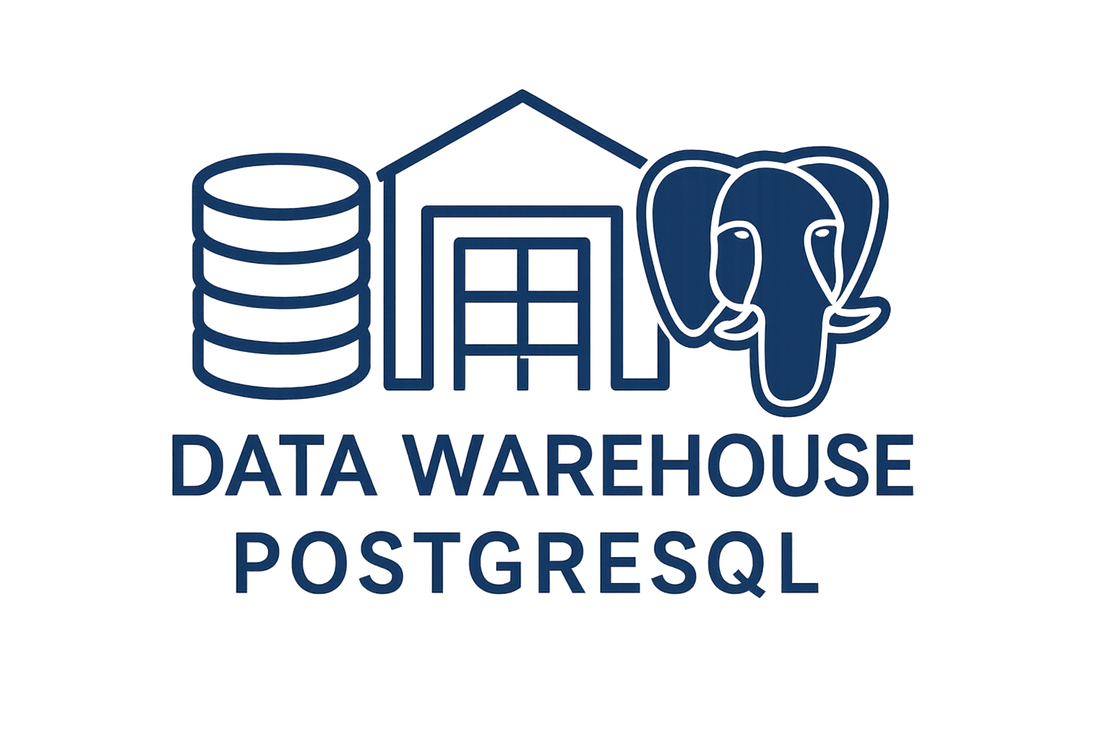
Case Study: From Cost Center to Innovation Hub with a Modern Data Warehouse
Table Of Contents
Executive Summary
A leading technology company was facing spiraling monthly costs and significant performance limitations with their legacy, cloud-based database solution. Their existing setup was not only expensive but also lacked the flexibility to support future AI and real-time analytics initiatives. By leveraging a modern, open-source-first strategy on Kubernetes, I architected and deployed a new data warehouse platform that not only outperformed their previous solution but also reduced their projected monthly cloud database expenditure by an estimated 5-6 figures, paving the way for new revenue streams.
The Results at a Glance
| Metric | Previous State (Projected) | New Platform (Actual) | Improvement |
|---|---|---|---|
| Monthly Cloud Bill | Escalating 5-Figure Spend | Low & Predictable Costs | 5-Figure Monthly Savings |
| Write Throughput | Throttled / Limited | High-Volume Throughput | Significant Increase |
| Read Throughput | Limited Scaling | Massive Scalability | Massive Scalability |
| Failover Downtime | Vendor-dependent | ~35 seconds | Quantified & Reliable |
| AI/Timeseries Ready | No | Yes | Future-Proofed |
The Client’s Challenge: A Scalability and Cost Crisis
The company was trapped in a common dilemma. Their data warehouse, which was built on a globally-distributed, proprietary database platform from a major public cloud provider, was a “black box” that was becoming prohibitively expensive as their data grew.
- Runaway Costs: Every increase in performance, storage, or high-availability features came with a steep increase in their monthly bill, locking them into a vendor’s expensive ecosystem.
- Performance Bottlenecks: The managed service struggled to keep up with their transaction volume, and the options for performance tuning were limited and costly.
- Innovation Dead End: The platform lacked native support for modern workloads like vector search for AI or efficient timeseries analysis, blocking critical new business initiatives.
- Operational Risk: Failover and disaster recovery processes were opaque, vendor-controlled, and had never been tested under real-world conditions.
The Solution: A Kubernetes-Native, Open-Source Powerhouse
Instead of upgrading to an even more expensive managed tier, I adopted a strategy centered on ownership, control, and open-source excellence. I designed and deployed a new data warehouse platform directly on their Azure Kubernetes Service (AKS) cluster.
1. Core Architecture: Kubernetes-Native PostgreSQL
The core of my architecture was utilizing a production-grade Kubernetes Operator to manage a three-node, high-availability PostgreSQL 17 cluster. This approach transformed their database from a managed appliance into a declarative, Kubernetes-native application. This immediately allowed us to leverage the raw efficiency of AKS compute and storage, eliminating the massive markup of the managed database provider.
2. Custom, Feature-Rich Database Engine
To create a multi-purpose data engine, I built a custom container image that bundled powerful open-source extensions directly into PostgreSQL:
- TimescaleDB: For best-in-class timeseries performance.
- pgvector: To enable AI-powered semantic search and RAG capabilities.
- pgaudit: For robust security and compliance logging.
- pgai: For advanced AI capabilities, including vector search and machine learning model integration.
3. End-to-End Production Readiness
I built out a full suite of production-grade features that rivaled or exceeded the managed service’s offerings, including automated backups to Azure Blob Storage, deep monitoring with Prometheus and Grafana, centralized logging with an ELK stack, and a PgBouncer layer for efficient connection pooling.
The Result: A Paradigm Shift in Cost and Capability
The migration to the new platform delivered transformative results across the board.
Massive & Immediate Cost Savings
By moving away from the high-margin DBaaS model and leveraging the efficiency of Kubernetes and open-source software, the client’s projected monthly data warehouse spend was slashed. This was achieved by eliminating managed service premiums, utilizing resources more efficiently with Kubernetes, and incurring zero software licensing costs.
Explosive Performance Gains
Rigorous benchmark testing proved the new platform’s superior performance:
- Write Throughput: The system demonstrated sustained high-volume write throughput, easily handling the demands of the client’s peak transactional workloads without throttling.
- Read Scalability: The read replicas showed massive horizontal scalability, serving tens of thousands of concurrent queries, ensuring that reporting and analytics workloads never impacted the primary application’s performance.
Validated Resilience and Control
We conducted live chaos engineering tests to validate the platform’s self-healing capabilities. A controlled switchover resulted in only ~8 seconds of downtime, while a simulated catastrophic crash of the primary instance resulted in a fully automated failover in just ~35 seconds. The client now has full control and a quantified understanding of their disaster recovery posture.
Unlocking Future Innovation
The platform is no longer a cost center but a hub for innovation. The business can now implement real-time analytics with TimescaleDB and build AI-powered features with pgvector, creating a unified view of their entire data ecosystem.
Conclusion
By strategically migrating from a restrictive and expensive managed database service to a modern, open-source platform on Kubernetes, the firm achieved a profound business transformation. They not only gained complete control over their data infrastructure and unlocked massive cost savings but also established a high-performance foundation that will drive innovation for years to come. This project is a testament to the power of a modern, cloud-native approach to data management.
Interested in achieving similar results for your business?
If you’re facing challenges with cloud costs, scalability, or legacy systems, let’s discuss how my expertise can help.